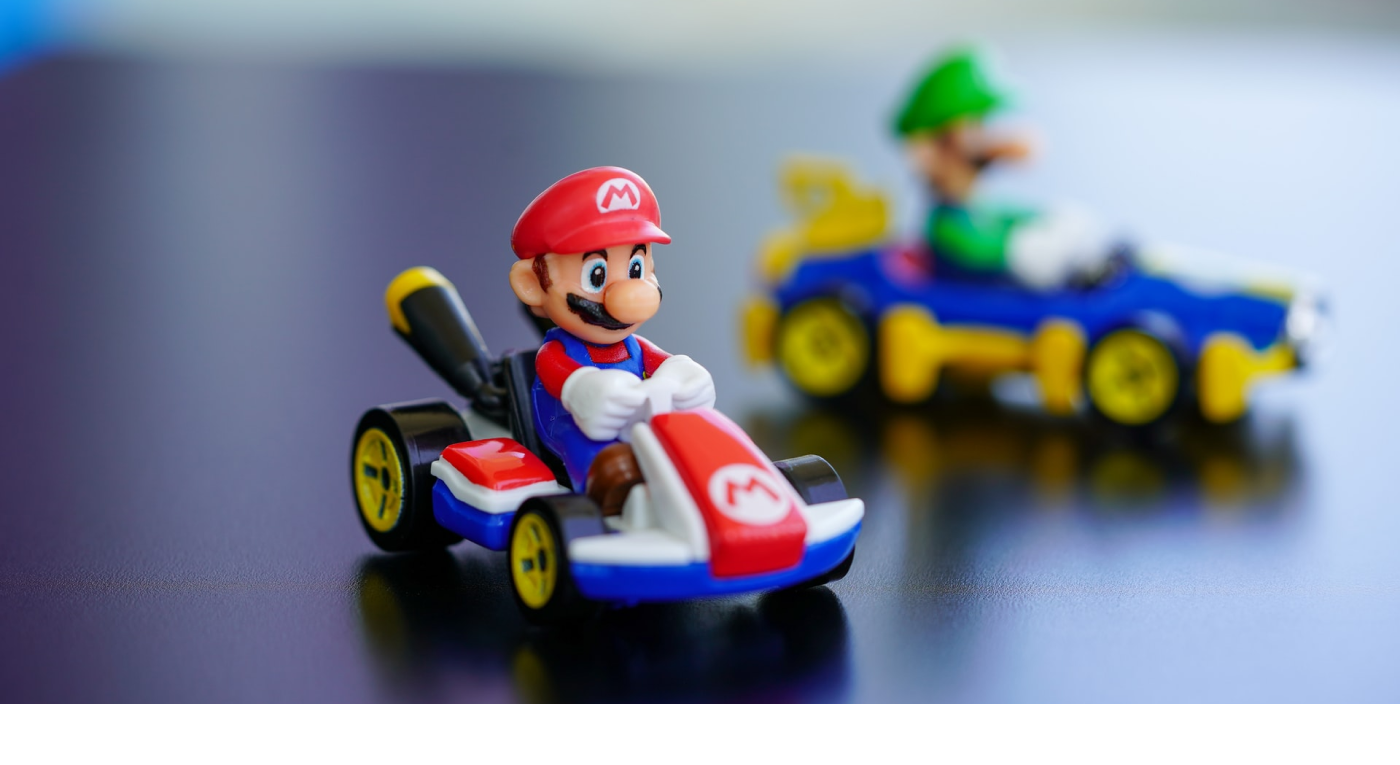Gamification has become one of the most exciting UX design trends in recent years. Regardless of the “seriousness” of the tasks we perform using apps, we still prefer those mobile experiences that give us laughter and fun. Gamification can become an excellent solution for many apps. It empowers us to transform even the most tedious processes and daily activities into the fun for users. Here we will consider this concept under a magnifying glass, as well as the benefits of gamification in UX design.
What is gamification, and why do we need fun?
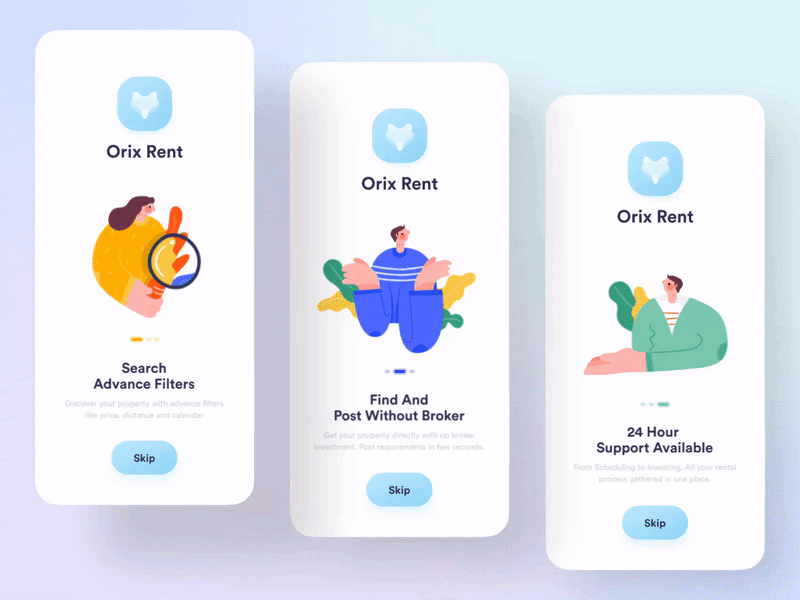
Orix Rent App Onboarding Animation by Sajon for Fireart Studio
Today’s world is full of game consumers. This industry is fast-growing, and state-of-the-art technologies promise the rise of even more exciting gaming experiences soon. Modern users love games, and they’re always happy to meet gaming elements beyond the game itself, for example, in a mobile app.
Gamification is the technique of inserting game mechanics into non-game products. It’s the manifestation of care about the users, as the brand tries to make the product UX fun and entertaining, like a game. We can see gamification in financial applications, digital banking systems, healthcare apps, language-learning apps, etc. It has become an essential component of many great mobile apps and software products. Usually, it involves animations and illustrations that improve UX.
Types of game mechanics in UX design
UX designers use various types of game mechanics to spice up mobile and web experiences. It allows increasing user engagement, building loyalty toward the app creator, and retaining users. There are the five most popular types of game mechanics.
Badges and stickers
Badges and stickers are well known for users, as we used to see them in video games. You can incorporate them into your mobile app experience and reward users for gathering a certain number of points. It seems to be a detail. It looks so small and insignificant. However, you must admit that you usually feel particular satisfaction when the work is completed and get the notification. Now, consider this notification comes together with a reward (like a badge or sticker, for instance). It may amplify the user’s satisfaction even more.
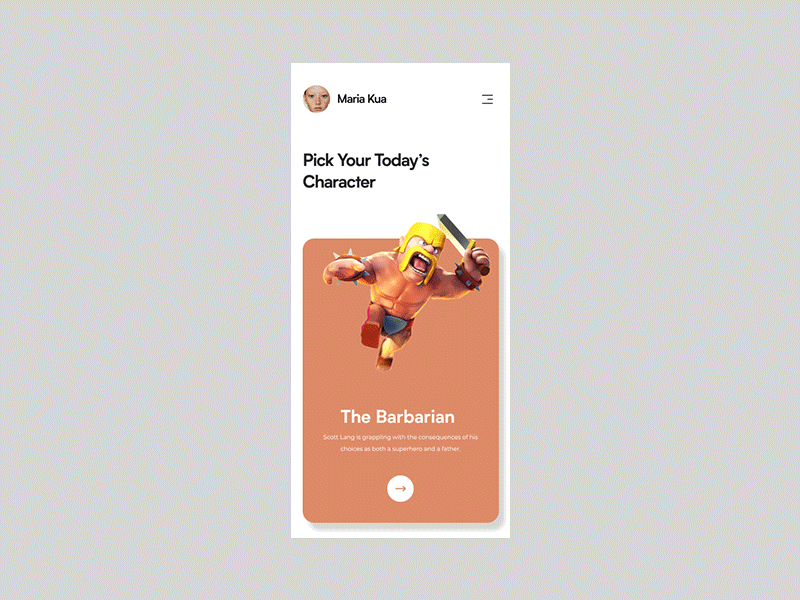
Clash of clans Hesham Mohamed for Fireart Studio
Leaderboard
Nothing makes the challenge as sweet as the alluring opportunity of becoming the leader. The competition is another crucial factor turning a mobile app UX into an even more exciting and adventurous activity.
You know, my friend has been learning a foreign language using an educational app with a leaderboard. It seemed that none of the participants could sleep well until the learning course leader was defined at the end of the day based on the number of points gathered when tasks were performed. These people were competing like crazy every single day. It’s a funny case, LOL. But it’s a great example of how the leaderboard can motivate us to grow.
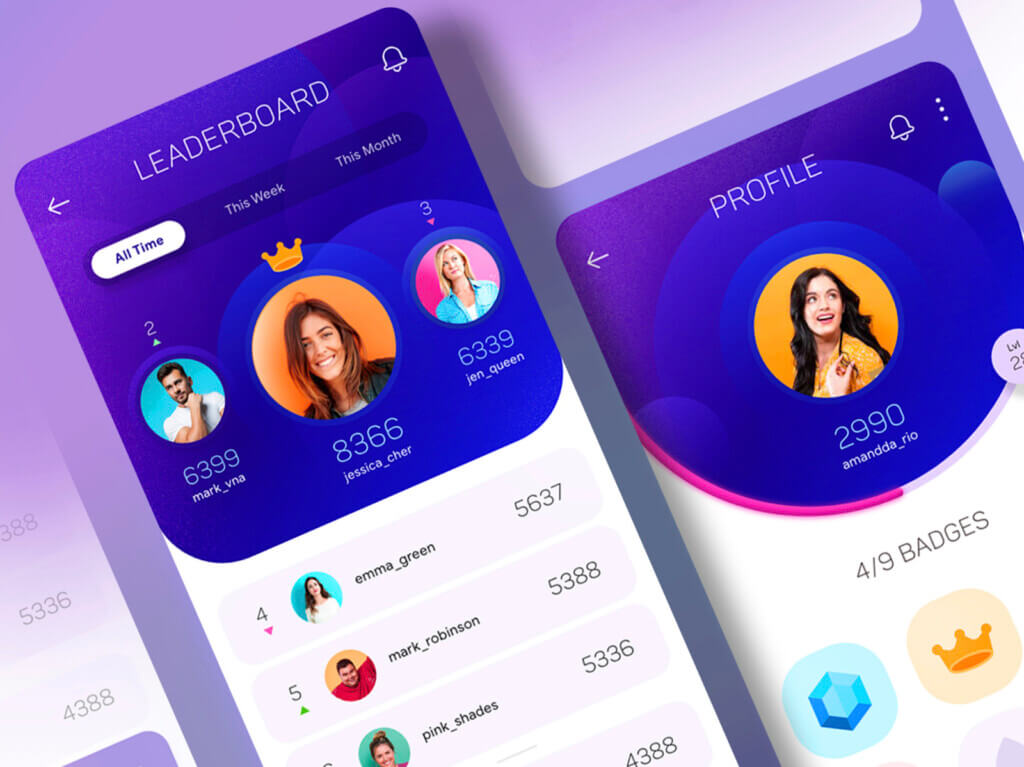
Leaderboard Screens by Karan Menon
Challenge
At its heart, the human being is the creature that evolves, taking new challenges and learning how to tackle them. We love challenges. At least we should. Most of us perceive them as opportunities to try ourselves and define our limits. On the one hand, they make us step out of our comfort zone, empowering us to reach new heights. On the other hand, they engage us, turning boring stuff into an adventurous activity. Applied in mobile and web UX, this gamification technique helps motivate users to try new experiences and learn more about the product.
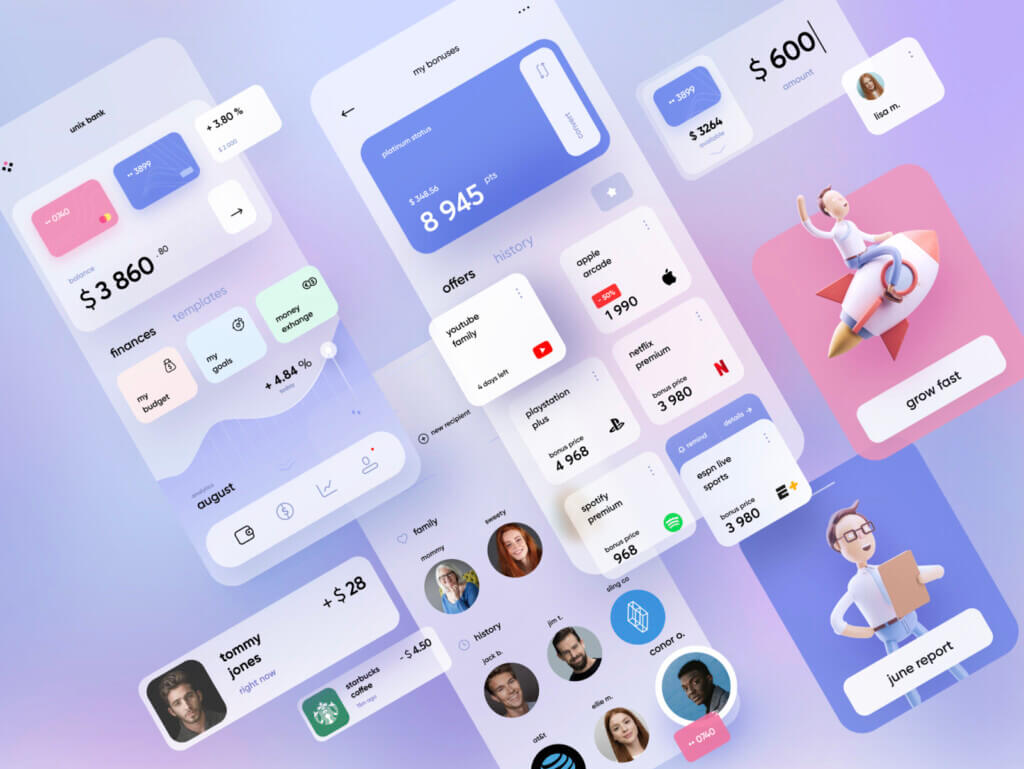
Mobile Banking by Sergi Mi for Fireart Studio
Points
Many games use the point system to demonstrate the player’s progress. It enables users to see how much is done and how much is ahead. It’s a stimulus boosting them to proceed with completing the tasks. Gamified digital products may include points to measure the user’s success as well. This technique is the most widely used in language-learning applications, productivity apps, time-management apps, task managers, and various educational apps.
Journey
This game mechanics means onboarding users step by step, turning their experience with a product into a personal journey. Usually, it’s recommended to use the “scaffolding” technique to introduce new features as the user becomes more experienced gradually. This practice allows people to feel like real players discovering new product features during the app’s exciting journey. It feels like a game and adventure, and yes, it improves the user’s interaction with a product, making it smoother and more enjoyable.
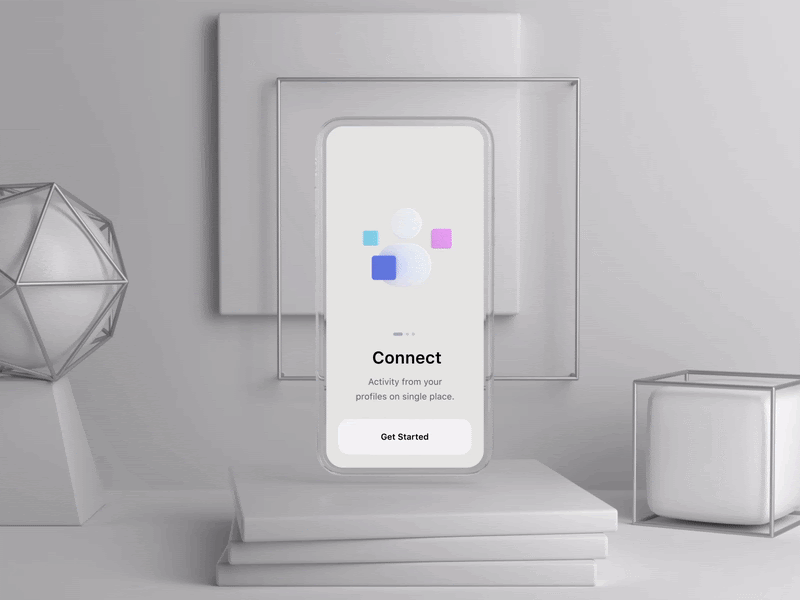
Onboarding Flow by Slavo Glinsky
Constraints
Constraints. Limitations. Deadlines. It doesn’t sound funny at all, right? However, it still is the game element. Countdowns are often used in games to motivate players to complete a certain level or task within a limited time. Although constraints seem to create psychological tension for the users (nobody says it’s not true, LOL), they also motivate them to react faster and take action. Actually, many users need and want to be limited in time to be inspired and become more productive. It’s an excellent opportunity for you, as the designer, to address the user’s needs.
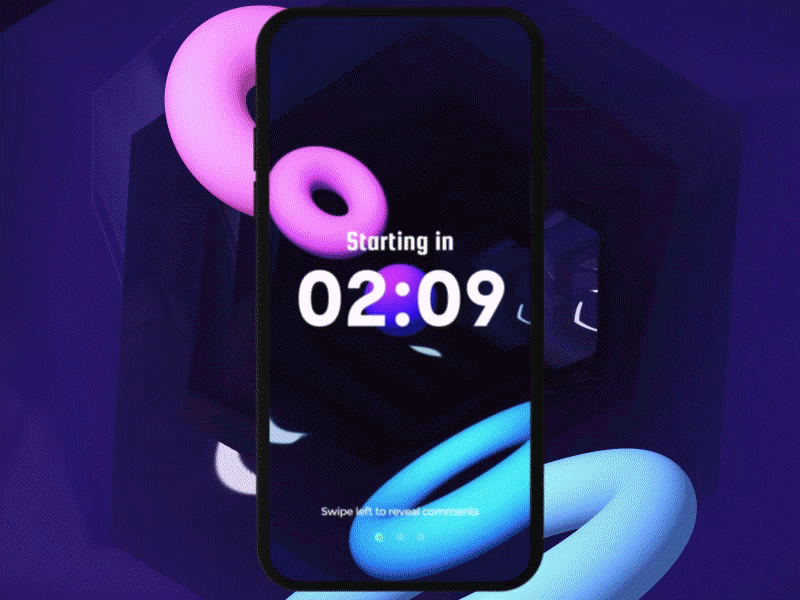
Trivia Game App by Dannniel
The role of gamification in user experience
The role of gamification? It’s amazing, fun, and extremely important. Gamification turns the user’s interaction with a product into an unforgettable experience full of adventures, fun challenges, and the pleasure of the win. Different types of game mechanics allow us to create particular experiences and evoke a specific spectrum of the user’s emotions.
Gamification empowers designers to drive human emotions that automatically means a product becomes remarkable and stand-out.zThink of that from the empathic UX perspective. Gamification empowers you to drive human emotions that automatically means your product has more chances to become successful because it gets the user’s reaction. It’s not unnoticed and quickly forgotten. It becomes remarkable and stand-out.


